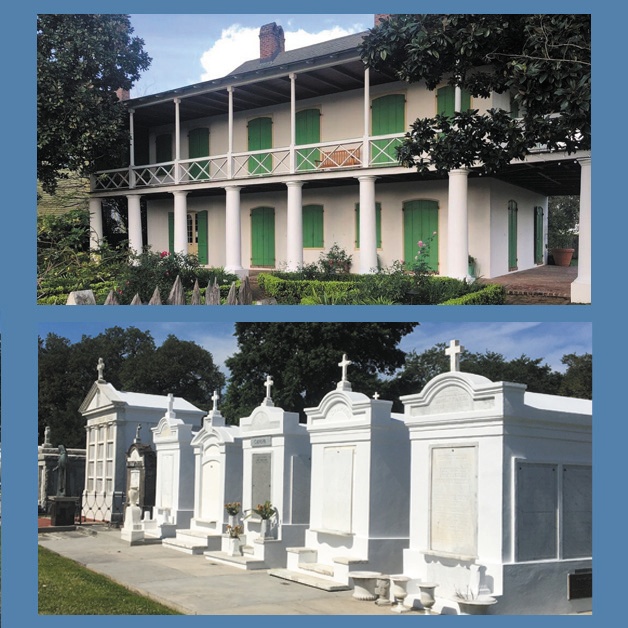
Historic Pitot House & St. Louis Cemetery Tour by Save Our Cemeteries
Difficulty
easy
Duration
2 hours
Fitness Level
Suitable for all fitness levels; involves moderate walking and standing periods.
Overview
Discover New Orleans' rich past on a guided outing to the Pitot House and St. Louis Cemetery No. 3. This unique urban tour blends architecture, local legends, and evocative burial grounds just off Esplanade Avenue.
Tour of the Historic Pitot House and St. Louis Cemetery No. 3
2 Hours • All Ages
Select participants and date
Adventure Photos

About This Adventure
Start by touring one of the few West Indies-style houses remaining in Louisiana. Built in 1799 by Spanish merchant and ship owner, Bartholome Bosque, during the Spanish Colonial Period, The Pitot House has witnessed centuries of cultural history. Eleven families occupied the house; Missionary Sisters of the Sacred Heart used the home for a convent, and preservationists have cherished the building for its architectural beauty and historical significance. Then walk over to St. Louis Cemetery No. 3. This beautiful Catholic cemetery near tranquil Bayou St. John is an ideal place to stroll among the tombs as you learn about the burial customs of New Orleans and hear the real stories of the famous and infamous that fascinate the world and locals alike. St. Louis No. 3 is the final resting place of notable architect James Gallier, Storyville photographer E.J. Bellocq, and New Orleans chefs Leah Chase and Paul Prudhomme. www.PitotHouse.org
BOOKING ALERT: There must be a minimum of 4 guests signed up to take this tour 12 hours before the departure time/date or the tour will be cancelled. If it is cancelled you will receive an email. We are sorry for any inconvenience.
Adventure Tips
Book Early to Secure Your Spot
Tours require a minimum of four guests 12 hours before departure to avoid cancellation.
Wear Comfortable Walking Shoes
The tour involves walking across uneven terrain and through cemetery grounds.
Respect Site Etiquette
Both Pitot House and St. Louis No. 3 are historic and sacred; observe all posted rules and guidelines.
Bring Water and Sun Protection
Tour occurs outdoors with limited shade, so prepare for the Louisiana sun.
Local Insights
Wildlife
- Flocks of local songbirds frequent the trees surrounding the cemetery.
- Occasional sightings of turtles near the Bayou St. John waterline.
History
The Pitot House is one of the few remaining Spanish colonial residences in Louisiana, reflecting the region's complex colonial past and cultural evolution.
Conservation
Save Our Cemeteries actively supports preservation efforts, promoting respectful visitation and stewardship to maintain these historic sites for future generations.
Select participants and date
Adventure Hotspots in New Orleans
Frequently Asked Questions
Recommended Gear
Comfortable walking shoes
Essential for navigating uneven surfaces at the historic sites.
Sun hat or cap
Protects from sun exposure during outdoor portions of the tour.
spring|summer|fall specific
Reusable water bottle
Staying hydrated is crucial, especially in warmer months.
Lightweight rain jacket
Useful for sudden showers common in New Orleans throughout much of the year.
spring|summer|fall specific
